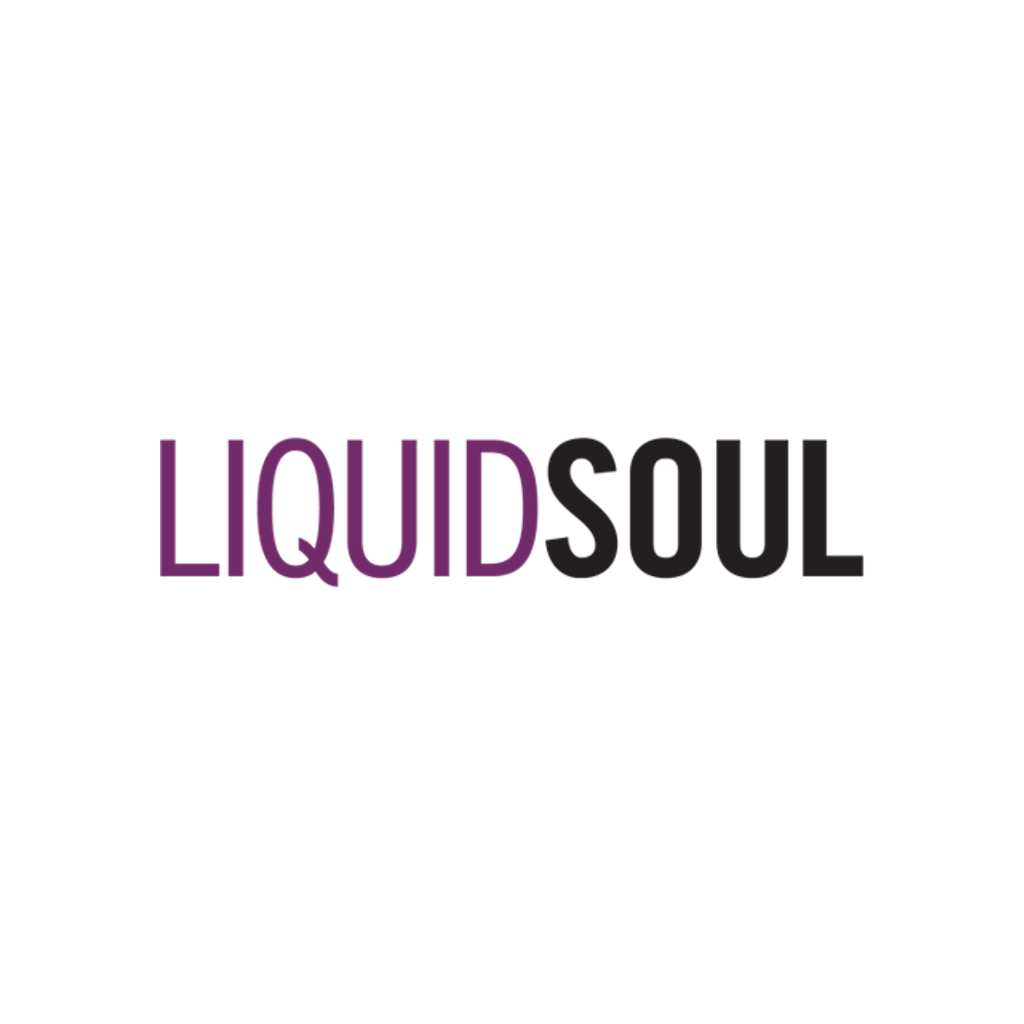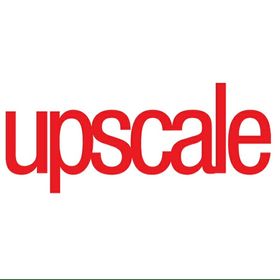New multi-market research by MAGNA, a unit of IPG Mediabrands, also reveals that repurposed ads can be highly effective on TikTok with the right guardrails in place
New York, NY – August 10, 2022 – Platform benchmarks matter, especially when it comes to advertising on TikTok, according to a new study by MAGNA Media Trials, MAGNA’s industry-leading proprietary research offering. The study, “Understanding the Strengths of TikTok Ads,” breaking today, determined that both native TikTok ads (videos custom-created for the platform) and repurposed ads (ads that are made for broadcast or streaming services but are repurposed for TikTok) drive positive brand favorability (8%), purchase intent (6%) and search intent (7%). Meanwhile, the study also showed that these two ad types are perceived very differently by consumers and require unique considerations to amplify effectiveness.
When done right, each ad type drives lower funnel metrics for brands and positively impacts long term branding. The study found that native TikTok ads tracked +6% in purchase intent (beauty vertical) and +6% in search intent (entertainment vertical) and +7% in positive brand perceptions such as “interesting” and “fun” for both studied verticals.
On the other hand, repurposed ads have the potential to make or break brand KPIs. Repurposed ads deemed high quality in creative quality show significant gains in memorability (+37%), as well as brand perceptions such as “relevant” (+25%), and “creative” (+24%), among others. Brand marketers can learn about empowering creative ideas and discovering the latest best practices by leveraging TikTok’s Creative Center.
Native ads, which look and feel like TikTok content, proved to be particularly effective at casting a wide audience net, with potential new customers viewing the ads for 27% longer than average. Ultimately, native ads prove to be uniquely effective for new acquisition, driving intent to search for the brand (+7%).
“It’s great to see the IPG network leaning into building more creative best practices on TikTok. The findings from this study clearly show that building assets for TikTok is the most effective, but also shows that when you get repurposed ads right, they can also be effective.” Said Jorge Ruiz, Global Head of Marketing Science, at TikTok. “This study brings brand new guidance on how to think about Native vs Repurposed ads, and also shows us something that is new in our learning agenda: how TikTok can also drive Search Intent. I am looking forward to seeing the IPG network deploy these learnings into their creative best practices across our joint clients.”
“Understanding the Strengths of TikTok Ads” surveyed 4,447 regular TikTok users in a mobile online panel across two markets (US, UK), to assess ads that appeared in a controlled TikTok environment. The participants were randomly served either control ads (public service announcements) or ads in the beauty and entertainment sectors, after which rating their assigned brand on favorability, intent to purchase and search, as well as other brand perceptions.
The report also defined specific guardrails for both native and repurposed ads on TikTok. The findings include:
● Authenticity is Key for Native Ads: To optimize the power of TikTok native ads, brands should focus on promoting authenticity through their messaging. Inauthentic ads negatively impact the brand and are 19% less effective in driving purchase intent. When it comes to ad production, high production quality is not a necessity for native ads; instead, creators and brands should focus on embracing TikTok effects (e.g., transitions, music, voiceovers, etc.) endemic on the platform.
● New Customer Appeal: Not only did non-past brand purchasers watch native ads for a longer period of time, but these ads also prompted them to view these brands as being more creative and fun, regard them more favorably and be more likely to search them up later.” For example, there was an 8% increase in perceiving a brand as fun after seeing its native ad for non-purchasers vs. prior customers, who registered a 4% lift.
● Entertain and Story Tell with Repurposed: The strongest driver of impact for repurposed ads is creative storytelling. When good storytelling and creative quality are not leveraged, there is potential for significant loss in key metrics. As part of best practices, repurposed ads should be reformatted to fit the vertical orientation of the TikTok feed. Reformatting repurposed ads to vertical orientation increases purchase intent (+8%), as well as brand perceptions such as “relevant” (+7%) and “creative” (+3%).
“Marketers have a choice to either repurpose existing creative for TikTok or create custom, native ads. Our research found that both strategies can be effective, but best practices must be considered for brands to put their best foot forward on the platform,” said Kara Manatt, EVP, Managing Director Intelligence Solutions, at Magna Global. “When using native ads, authenticity is table stakes, so brands should thoughtfully choose creators and know that high production quality doesn’t necessarily equal authenticity. In turn, brands should lean-in to entertaining storytelling when identifying which ads should be repurposed for TikTok, making sure they alter video orientation to vertical for seamless integration.”
The full study may be found here.
About MAGNA
MAGNA is the leading global media investment and intelligence company. Our trusted insights, proprietary trials offerings, industry-leading negotiation and unparalleled consultative solutions deliver an actionable marketplace advantage for our clients and subscribers.
We are a team of experts driven by results, integrity and inquisitiveness. We operate across five key competencies, supporting clients and cross-functional teams through partnership, education, accountability, connectivity and enablement. For more information, please visit our website: https://www-wp-stage.magnaglobal.com/ and follow us on LinkedIn and Twitter.
About TikTok
TikTok is the leading destination for short-form mobile video. Our mission is to inspire creativity and bring joy. TikTok has global offices including Los Angeles, New York, London, Paris, Berlin, Dubai, Mumbai, Singapore, Jakarta, Seoul, and Tokyo.
Media Contact:
Zinnia Gill
Mediabrands
Vice President, Global Corporate Communications
(646) 965-4271


